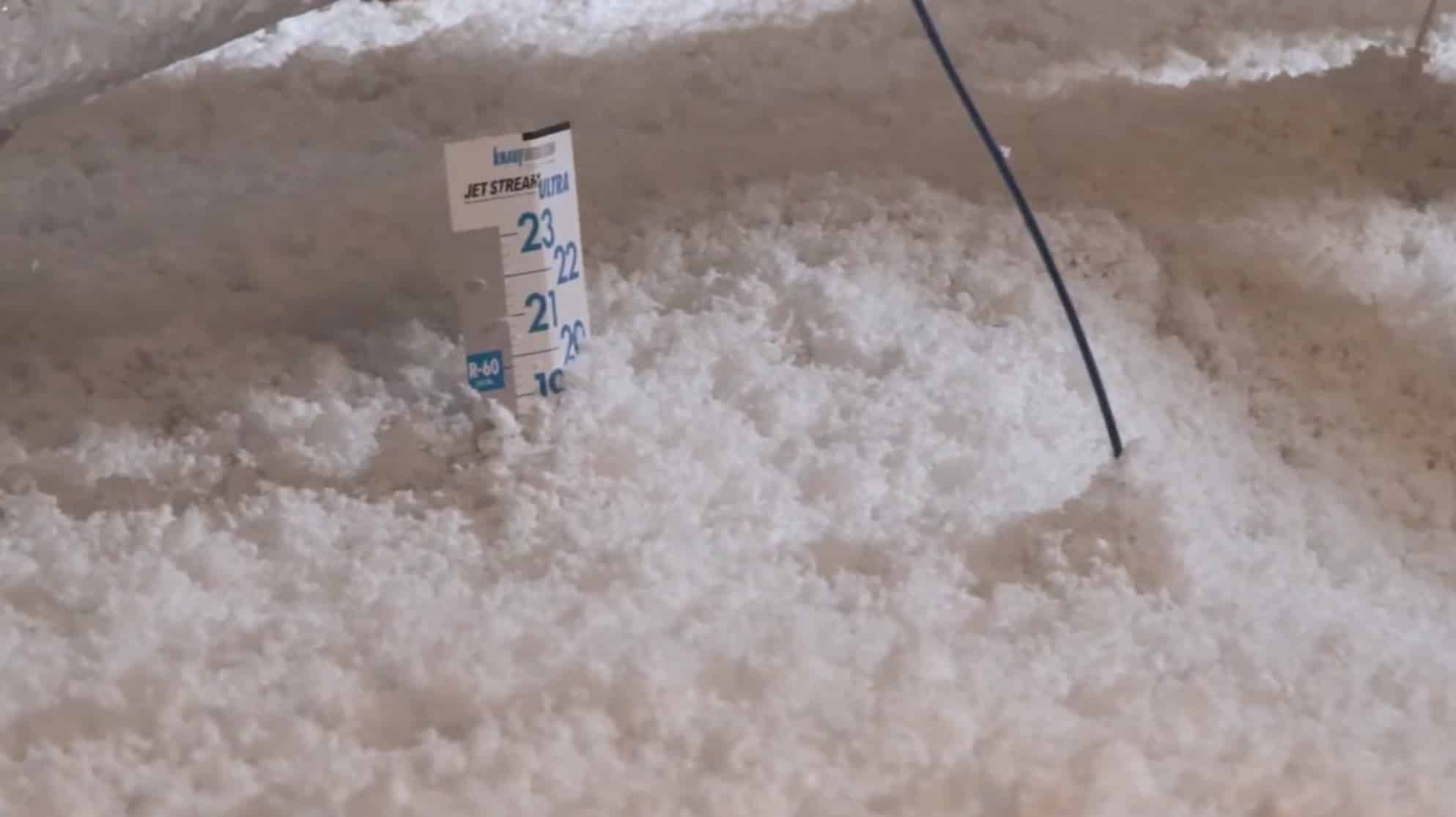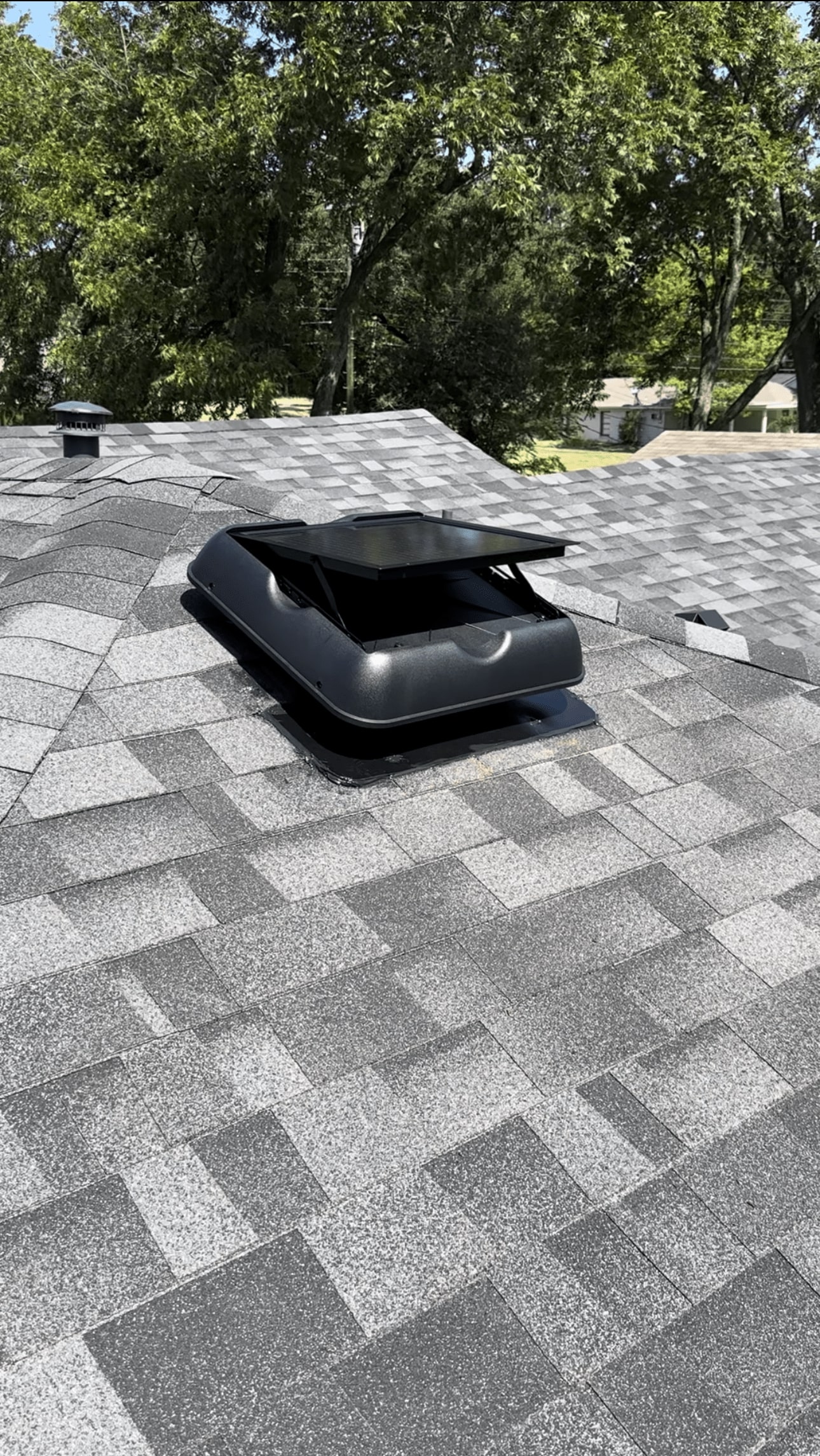Green Attics Fundamentals Explained
Green Attics Fundamentals Explained
Blog Article
The Single Strategy To Use For Green Attics
Table of ContentsGreen Attics for DummiesThe Only Guide for Green AtticsThe smart Trick of Green Attics That Nobody is DiscussingFacts About Green Attics RevealedGreen Attics Things To Know Before You Get ThisEverything about Green AtticsAll About Green Attics
Building codes require that air areas between chimneys and flooring or ceiling assemblies through which they pass be sealed with a non-combustible fire quit (see Number 5-3 and Figure 5-4). There is often a gap between the event wall surface (such as the shared wall between devices in duplexes, triplexes and row homes) and the side of the attic room floor.
A hefty polyethylene sheet which is caulked with acoustical sealant and stapled to the ceiling encases the electric box. An electric wire leads away from the electric box and down through an opening right into an indoor wall. Openings around electrical cords are filled up with caulking or foam sealant, and caulking seals voids along the top of the indoor wall surfaces.
After air securing, attic room ventilation is your 2nd line of defence against the water vapour that may have discovered its means into the attic. It makes sure a cooler, well-vented attic area much less susceptible to the formation of ice dams at the eaves.
How Green Attics can Save You Time, Stress, and Money.
You may need to situate roofing system or soffit vents from outdoors if they are not plainly noticeable from inside the attic room. Houses with actually peaked roof coverings and obtainable attics are the simplest to air vent by utilizing the ratio of 1 to 300. This proportion refers to unhampered air vent area to the insulated ceiling area.

The place of vents is as vital as their number and kind. Commonly, a mix of kinds and places will work best. The adhering to Parts information the most effective strategy depending upon your attic type. After you have checked the attic and performed any therapeutic work, focus first on air and dampness control.
More About Green Attics
On the other hand, spray foam uses air securing and an initial layer of top quality insulation that can be covered up to the wanted RSI (R) degree. If the attic retrofit is being finished along with indoor restorations, the simplest strategy is to set up a brand-new, solitary air and vapour obstacle on the bottom of the ceiling joists.
Spray foam or stiff board insulation can assist connect the gap in this location. Cut inflexible board to fit in between the ceiling joists and to prolong from the outside wall leading plate towards the attic room.
Get rid of existing insulation from the area you are working with and establish it to one side. Cut foam boards to fit snugly between the trusses. Caulk all sides, spaces and joints, see Figures 5-10 and 5-13. Blockages, such as electric cords, will require cuts in the barrier; seal these meticulously to make the obstacle constant.
Spray foam professionals can install closed-cell foam in between the joists to air seal and include insulation at the exact same time to the ceiling. All existing insulation and dirt must be removed first to allow for an excellent bond.
Green Attics for Dummies
(https://pastebin.com/u/greenatt1cs)
This removes roofing system airing vent and produces what is called a warm roofing system, where the attic room space enters into the conditioned (warmed and cooled down) residence area. This procedure may be suitable for some attics, yet do not continue without authorization from your building assessor, and after that only utilize a qualified spray foam specialist that is acquainted with the process.
If there are obstructions above the joists, such as with a truss roof covering, it may be most convenient to put batt insulation into the joist areas and after that use loose-fill insulation to develop a total covering of insulation over the joists and around all blockages. Loose-fill insulation is likewise excellent on its own, particularly in uneven or obstructed spaces.

An Unbiased View of Green Attics
Usage baffles between each rafter space to avoid it from being blocked (see Number 5-11). Shield above and listed below cross supporting, splitting or cutting the batt to suit the cross supporting as illustrated in Figure 5-12. Additionally, reduced one batt right into a collection of wedges and after that fit a wedge under each brace.
The first layer of batts should be thick adequate to totally load to the top of the joist space. The 2nd layer can after you could check here that run perpendicular throughout the joists to obstruct any warm circulation through and around the joists (see Figure 5-13). Duct cleaning. Make certain that there are no gaps between the two layers of insulation
Apply covering insulation in the same method as batts. It might be pre-cut with a blade or cut on the spot. Begin at one end of the attic room and spread out the covering. Figure 5-11 Baffles can be utilized to maintain air flow through the soffit vents Text version Cutaway of baffles in between attic room roof joists with arrowheads suggesting air motion taking a trip from the outside, with a vent in the ceiling overhang, and over the baffles.
The Best Guide To Green Attics
Number 5-13 The leading layer of insulation runs perpendicular to the bottom layer Text variation Illustration of layers of batts of insulation between and over attic joists. Batts on top of joists are vertical to batts between joists. A polyethylene sheet is laid under both layers of insulation and connected to the top of attic joists by caulking and staples.

If the loosened fill is much deeper than the joists, build insulation framework (a crib) around the attic room hatch to make sure that it can be filled up to the edge (see Number 4-7). The bags of insulation material will certainly list the amount of square metres (or square feet) each bag should cover to give the called for RSI worth.
Green Attics for Beginners
If you are having a specialist do the work, compute the RSI value that you desire and check the bags of insulation to be used. They must show the area that bag will cover at the picked shielding value. You and the service provider need to then settle on the overall number of bags to be made use of, the expected protecting worth and the minimal settled depth of insulation throughout the attic room, based on a certain density.
Report this page